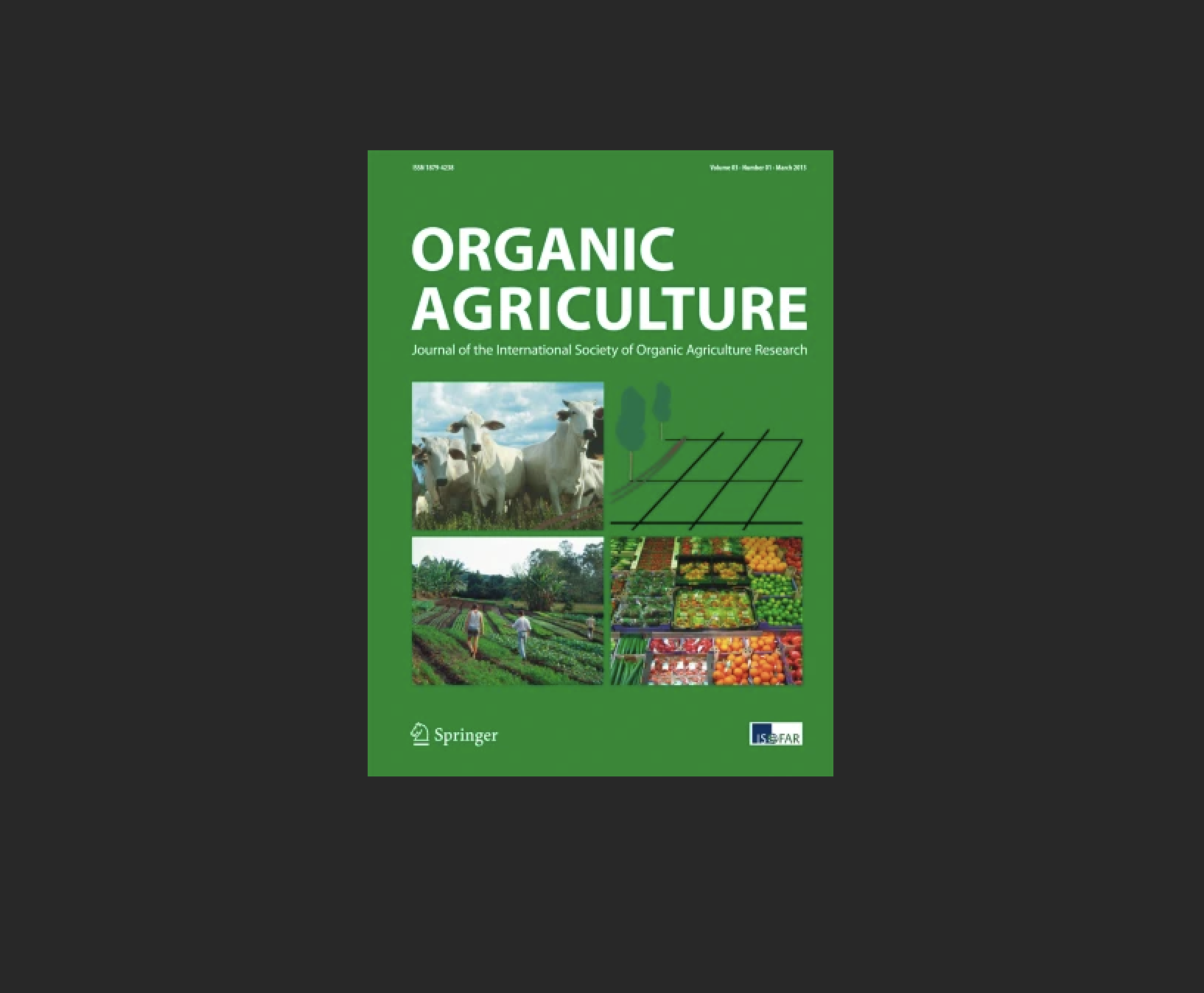
Publication of a scientific article on the intercropping of traditional pea varieties with faba beans
A scientific article has been published in the Organic Culture journal by Dylan Wallman, Matti W. Leino, Åsa Grimberg and Georg Carlsson – as part of the work carried out by DIVINFOOD – showing that intercropping traditional pea varieties with faba bean produces grain yields similar to pure stands of modern varieties in organic agriculture.
This is an Open Access article, so you can consult it freely via this link.
Abstract
Although being a historical farming practise, little research has been performed on intercropping pea with faba bean, and no study has previously tested traditional varieties in this species combination. To evaluate the influence of variety and seeding ratio on grain yield in pea-faba bean intercropping, a field experiment was conducted over three years (2021–2023) under organic management in southern Sweden. The experiment included a set of three faba bean varieties, and nine traditional and one modern pea variety. Total yield (sum of both species) of the intercrops with traditional pea varieties varied from around 0.44 to 4.9 t ha−1 across all years and treatments, and several of the intercrop combinations were as productive as pure stands of modern varieties (both species). When compared in intercropping, some traditional pea varieties produced higher pea yield than the modern variety. There was a big difference among pea varieties in their competitiveness toward the intercropped faba bean. By using traditional varieties, it was possible to find matching maturity times and segregating seed sizes between the two species. Intercropping did generally not influence time to pod maturity or seed size. Traditional pea varieties suffered from severe lodging in pure stands and gained improved standing ability when intercropped with faba bean. This study has shown that intercropping pea with faba bean can facilitate the production of traditional pea varieties that lack proper standing ability on their own; however, different varieties require different seeding ratios for optimal performance.

Leave a Reply